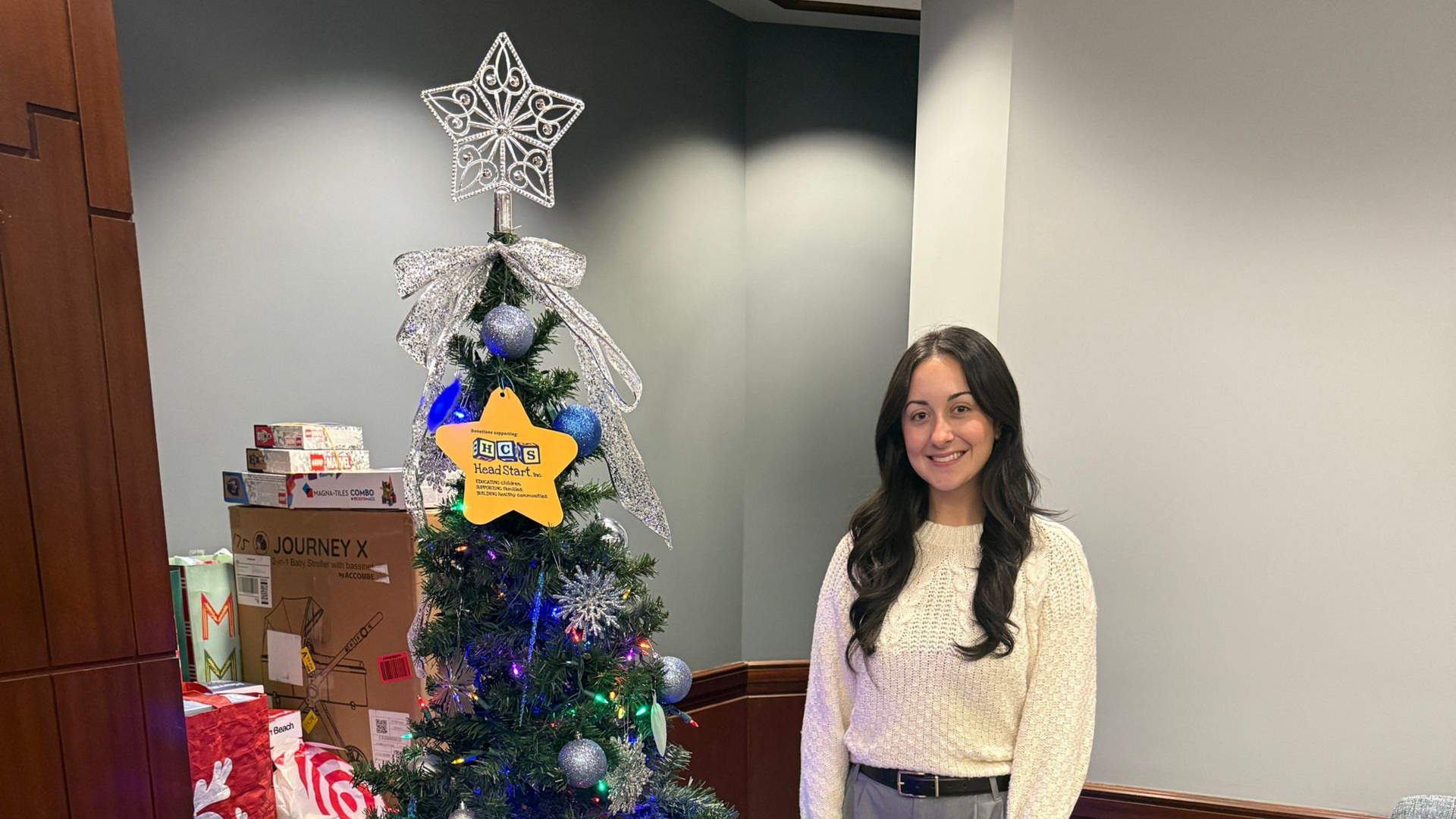October 2015 Business As We See It
How An ABLE Account Can Help Those With Disabilities
Good news! Individuals with disabilities can take advantage of an important new savings tool. The Achieving a Better Life Experience (ABLE) Act of 2014 permits the establishment of what are known as ABLE accounts. These accounts provide a tax-advantaged way to save for qualified expenses and, subject to certain limits, typically won’t endanger eligibility for many means-tested federal programs, such as Medicaid. Here is a summary of the provisions from the legislation.
Understanding how the account works
Each state can establish and administer its own ABLE program, or contract with another state to do so. The programs share a number of similarities with the 529 plans already in place in many states. Contributions to ABLE accounts typically must be made in cash. And annual contributions are limited to the gift tax exclusion amount, which is $14,000 in 2015.
Funds in ABLE accounts can grow tax-free, and as long as withdrawals are used for “qualified disability expenses,” by eligible beneficiaries, they won’t be taxable. Among the qualified expenses identified in the law are education, transportation, assistive technology and personal support services. Withdrawals that aren’t used for qualified expenses typically will be taxed and subject to a 10% penalty.
In general, ABLE account balances can reach $100,000 before they’ll impact their beneficiaries’ eligibility for federal programs. That’s a significant jump from current regulations, which limit individuals with disabilities to no more than $2,000 in savings before they risk their eligibility for many federal benefits. (The total allowed in ABLE accounts is the maximum allowed by the state in its 529 accounts, which may be higher than $100,000.)
Keep in mind certain limitations
This tool will be welcome news to many individuals with disabilities and their loved ones. However, it comes with a few limitations. Perhaps the most significant is that ABLE accounts are limited to individuals who incurred blindness or significant mental or physical disabilities. Individuals with disabilities can open accounts after age 26. However, the disability itself must have happened before that age.
Plus, each beneficiary is limited to just one ABLE account. When he or she passes away, any money in the account may be used to repay Medicaid services received from the state.
Before any ABLE accounts can be opened, the states will need to develop their ABLE programs or contract with other states to do so.
A great help for the disabled
Even with these limitations, ABLE accounts promise to be a valuable and critically needed savings tool for individuals with disabilities and their families. Your tax professional can provide more information.
© 2015
This material is generic in nature. Before relying on the material in any important matter, users should note date of publication and carefully evaluate its accuracy, currency, completeness, and relevance for their purposes, and should obtain any appropriate professional advice relevant to their particular circumstances.
Share Post:
